General Rule of Thumb for Trachycarpus hardiness.
User
12 years ago
Related Stories

GARDENING GUIDES10 Top Native Plants for the U.S. Southeast
For a low-maintenance and wildlife-friendly landscape, use Southern natives that withstand heat and humidity
Full Story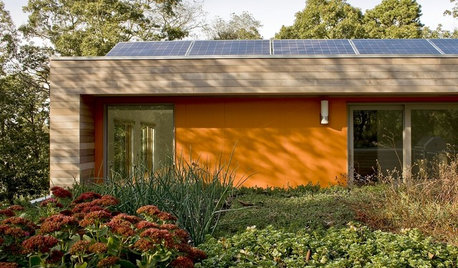
GARDENING AND LANDSCAPING9 Cooling Rooftop Gardens
Living roofs meld home and landscape, help beat the heat and more
Full Story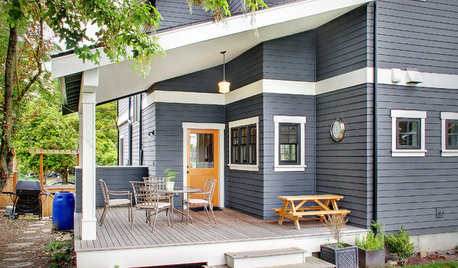
EXTERIORS5 Easy Tips for Choosing Your Exterior Paint Palette
Make your home the talk of the neighborhood — in a good way — with an exterior paint scheme that pops
Full Story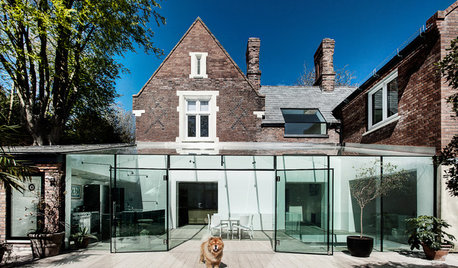
MODERN ARCHITECTUREDesign Workshop: Additions With Attitude
Learn the strategies that can make extensions to existing home structures meaningful, respectful and of their time
Full Story
GARDENING AND LANDSCAPINGHow to Make a Pond
You can make an outdoor fish paradise of your own, for less than you might think. But you'll need this expert design wisdom
Full Story
GARDENING GUIDESGreat Design Plant: Try Blue Bells for Blooms in Dry Soil
This shrub’s violet-blue flowers and silvery foliage brighten low-water gardens all year long
Full Story
SPRING GARDENINGTop 10 Scented Plants for Your Garden
A palette of perfumed plants can transform even the smallest of gardens into a sensory delight
Full Story
SELLING YOUR HOUSE10 Low-Cost Tweaks to Help Your Home Sell
Put these inexpensive but invaluable fixes on your to-do list before you put your home on the market
Full Story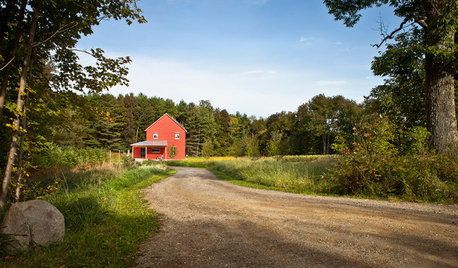
THE ART OF ARCHITECTUREFinding the Perfect Home for a New House
Sun, soil, water, topography and more offer important cues to siting your house on the land
Full Story
LANDSCAPE DESIGNNative Plants Help You Find Your Garden Style
Imagine the garden of your dreams designed with plants indigenous to your region
Full StoryMore Discussions






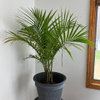
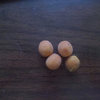
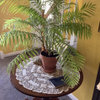
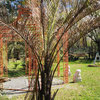
slow73
chadec7a
Related Professionals
West Milford Landscape Architects & Landscape Designers · Beachwood Landscape Architects & Landscape Designers · Marina Landscape Architects & Landscape Designers · Mountain Brook Landscape Architects & Landscape Designers · Edwardsville Landscape Contractors · Hampton Bays Landscape Contractors · Hayward Landscape Contractors · McLean Landscape Contractors · Milton Landscape Contractors · Monterey Landscape Contractors · Muttontown Landscape Contractors · River Ridge Landscape Contractors · Round Lake Landscape Contractors · Wallingford Landscape Contractors · Pacifica Window Contractorsjimhardy
UserOriginal Author
tropicalzone7
wetsuiter
jacklord
UserOriginal Author
wetsuiter
UserOriginal Author
wetsuiter